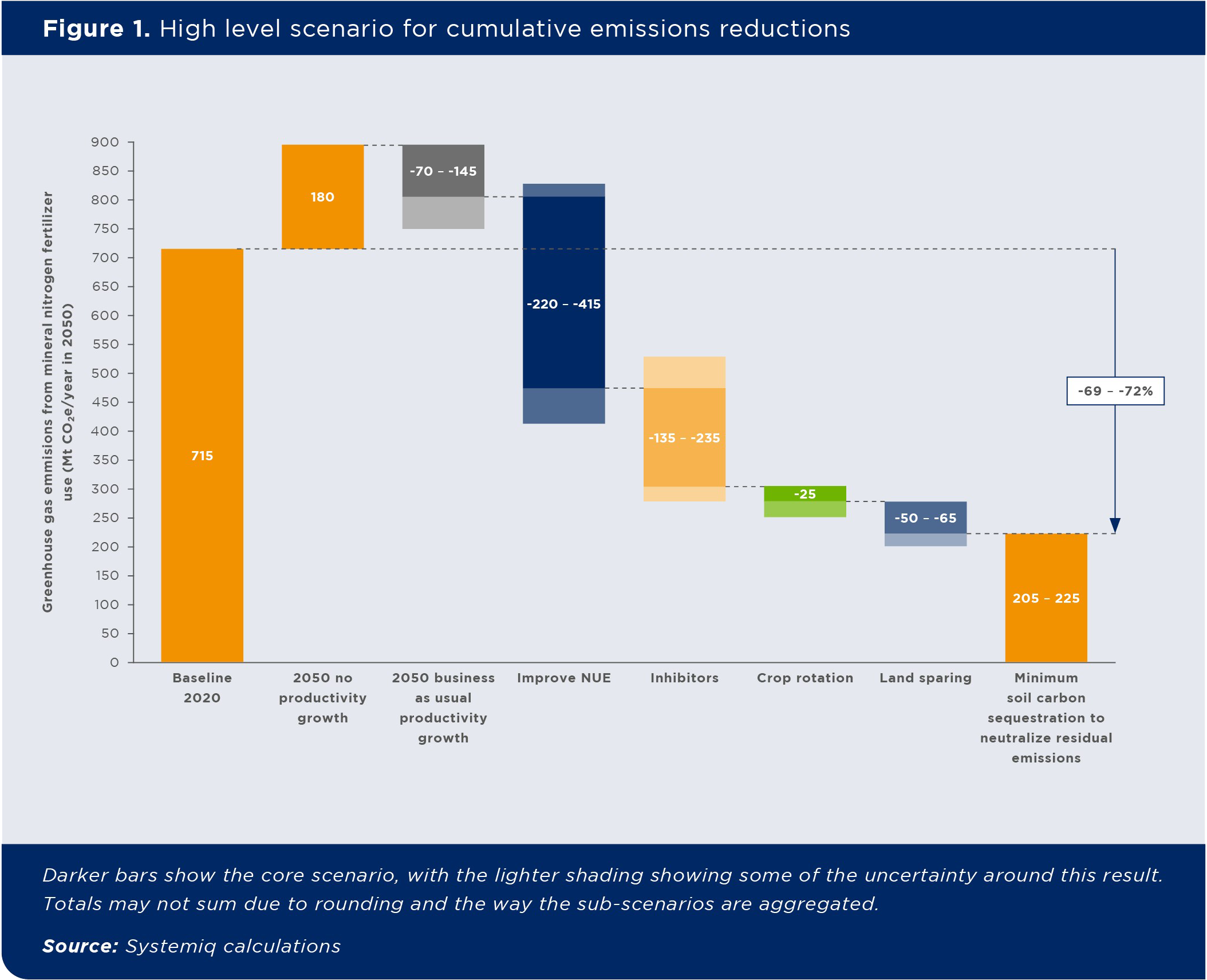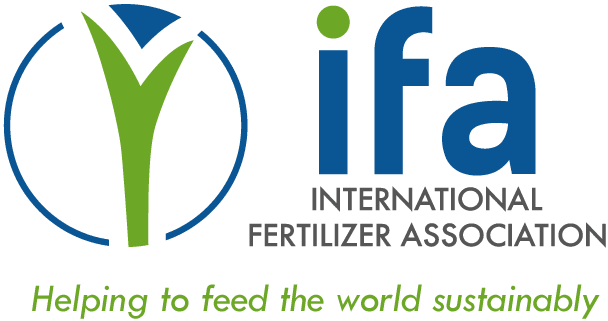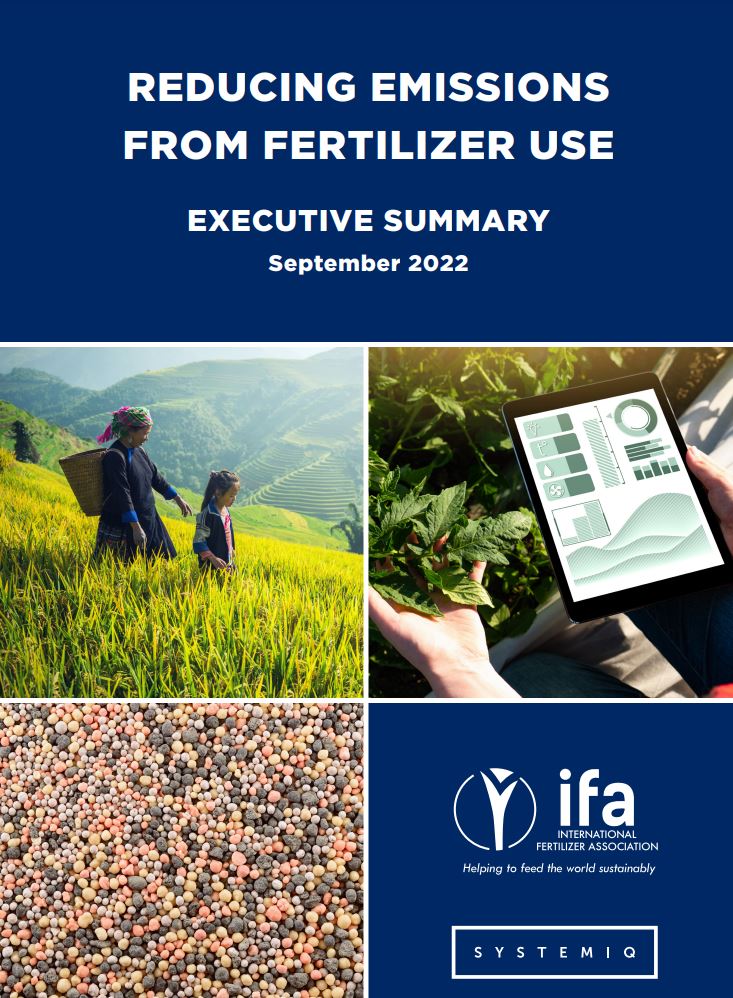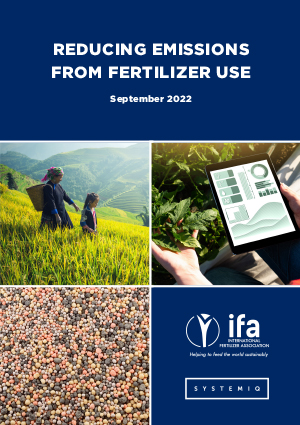Emissions Reduction
Amid an evolving food crisis and in line with environmental goals, the fertilizer industry is helping to reduce agriculture’s carbon footprint while contributing to global food security.
From the fertilizer factory to the farm, the industry is committed to playing its part in curbing greenhouse gas (GHG) emissions and making food systems more resilient.
Approximately half the food we eat today has been produced thanks to mineral fertilizers.
At the same time, its use is associated with GHG emissions equivalent to an estimated 720 million tonnes of CO2 a year. To help guide a long-term sustainability strategy, IFA is working with partners and its members on decarbonization. In September 2022, IFA released a report authored by Systemiq on Reducing Emissions from Fertilizer Use, which highlights actions to scale up in order to cut these Scope 3 emissions.
Reducing emissions of nitrous oxide (N2O), a GHG with a warming potential about 300 times that of CO2, is the main objective. These could be significantly cut, by up to 70%, by improving nitrogen use efficiency (NUE) through wider adoption of 4R Nutrient Stewardship practices, use of controlled-release fertilizers and nitrification inhibitors, and inclusion of more legumes in crop rotations. Cutting the remaining 30% requires sequestering carbon in soils, which can also be supported by fertilization practices to increase biomass production and, hence, crop residues left in the field that contribute to soil organic matter.
Reducing emissions from fertilizer use requires partnership between the fertilizer industry, farmers, and food industry and retailers.









